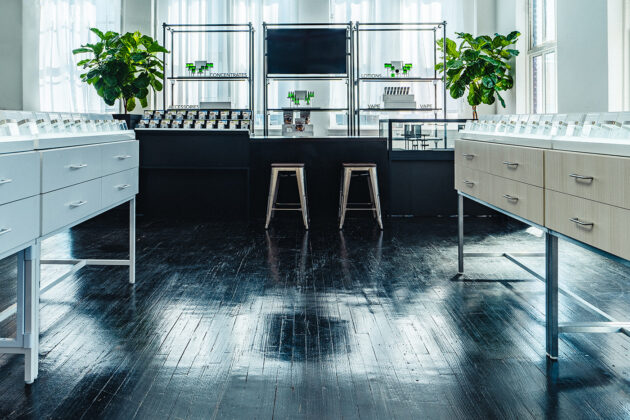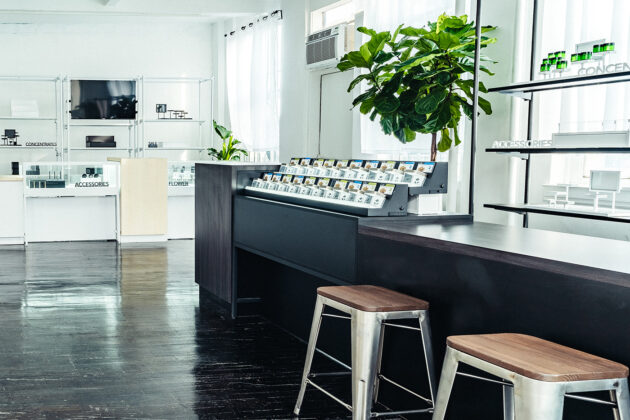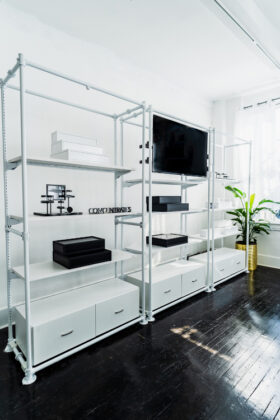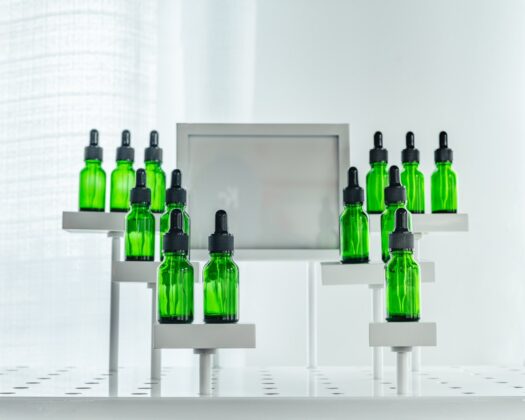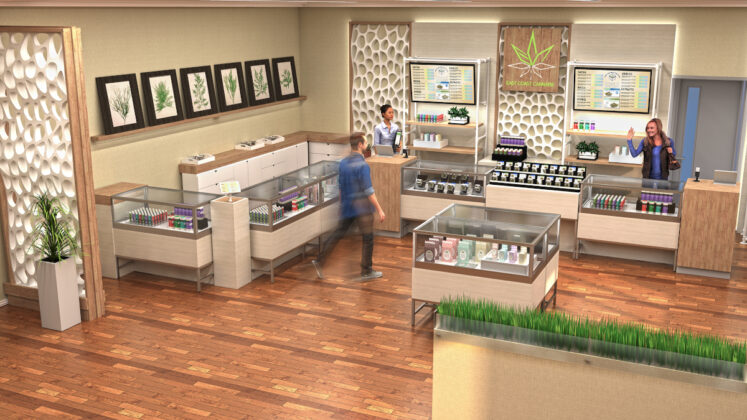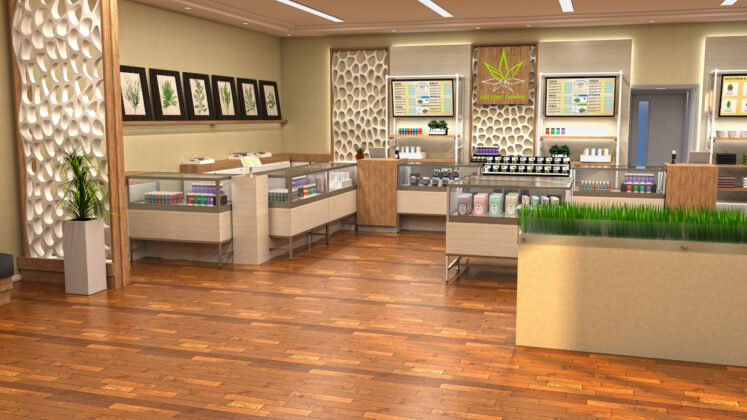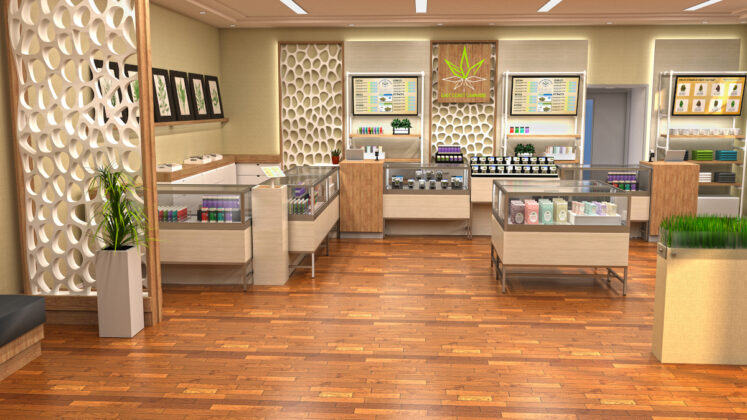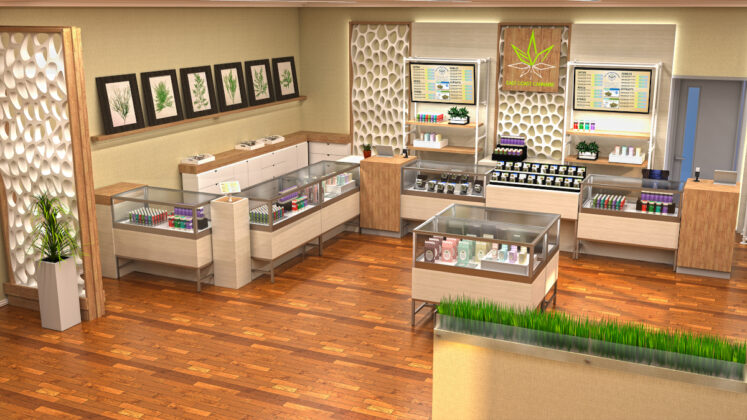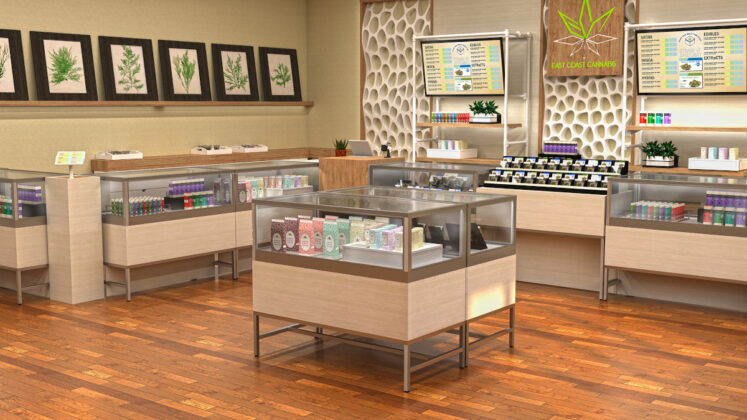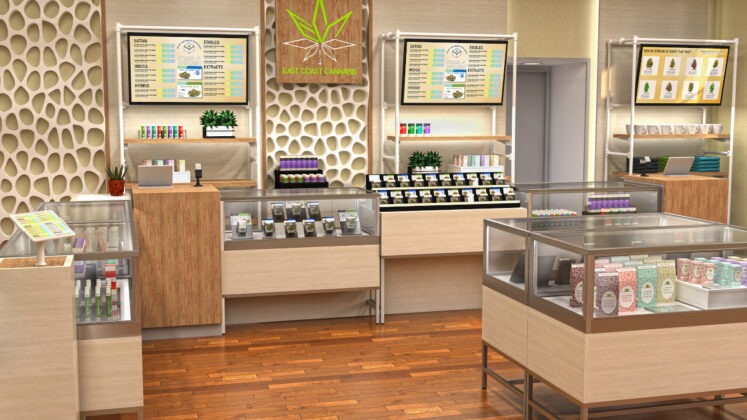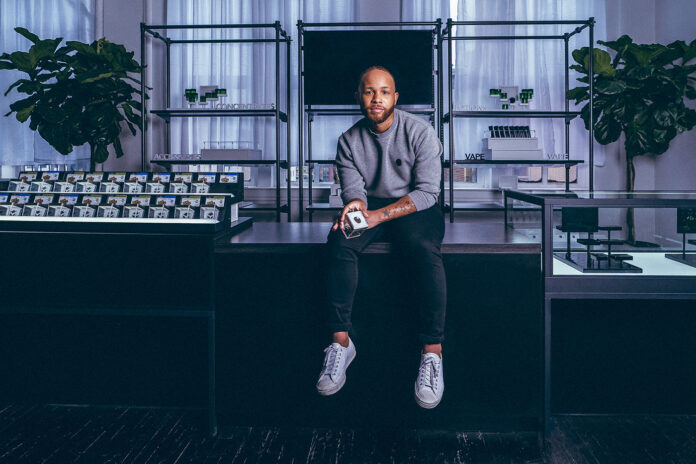
The pandemic accelerated the retail sector’s adoption of ecommerce, some pundits say by as much as five years. A recent survey by Big Commerce found 51 percent of consumers now prefer to purchase online, up from 25 percent in 2018. Brick-and-mortar retailers have their work cut out for them if they want to rebuild foot traffic once life returns to something resembling “normal.”
The same study unveiled some encouraging statistics, too: Despite the pandemic, 65 percent of consumers made at least one purchase in a physical store during the past six months. Fifty-six percent of shoppers cited inability to see, feel, or try a product as the number-one turn-off when purchasing online, and 21 percent found online shopping frustrating.
Another survey, by KPMG, discovered a significant number of consumers turn to brick-and-mortar stores to discover new brands (33 percent) or because they want the product right away (34 percent), shipping costs are too high (25 percent), or they enjoy the in-person experience (23 percent).
Despite chatter to the contrary, brick-and-mortar retail isn’t dying. In fact, because humans crave interaction with other humans, most experts expect in-store commerce to become even more important with the imminent return to the pre-pandemic status quo. People can’t wait to see, speak to, and shop with other people again.
Dispensaries and brands need to prepare to welcome existing and new customers. A crucial part of that preparation is ensuring consumer comfort and product discoverability. “An exciting and attractive retail environment will help you create more sales at the cash register,” said Wil Walker, vice president of client experience at retail interior furnishings designer Display Dispensary. The company’s corporate parent, Econoco Corporation, has designed and installed retail displays and related products since 1925.
Walker said five simple guidelines will help retailers make the most of their physical space.
1. Integrate style, technology, and visual elements
When creating a store layout, visual displays must be utilized to communicate the brand’s image and create a unique shopping experience. Technology is key in educating consumers: Tablets, interactive screens, and smart fixtures can help acclimate new customers and educate them about the joys of cannabis.
2. Maximize space
The cannabis industry has a wide range of products and brands with a limited amount of space to display them. Rows of products can create “visual noise” that may overwhelm consumers, so consider using risers to create multi-tiered displays that split up visual elements while maximizing the available space.
In addition, because nearly 20 percent of purchase decisions are influenced by a brand’s in-store display, give product partners a chance to shine by providing them a dedicated area in which to showcase their wares. Following mainstream’s lead, many dispensaries now offer premium product placement for a fee.
3. Utilize color theory
Too much color—especially if several colors are used at once—can create visual cacophony and distract customers, but clear, white, and black help clarify and define visual spaces and the merchandise within them. Clear acrylic displays elevate first impressions and allow customers to see the entire product. White lends an aura of simplicity, purity, and cleanliness. Black is perceived as sleek, modern, and gender-neutral. Use additional colors as accents but remember: Product packaging adds a rainbow of hues on its own.
4. Develop a planogram
Planograms—diagrams that indicate where to place retail products to maximize sales—can be immensely helpful not only in actuating psychological subtleties but also in saving time. They ensure all products are on the salesfloor and accounted for, provide consistency (especially in multi-store environments), ensure products are displayed to their best advantage, and may be used as training tools so new hires quickly understand aspects like inventory management and traffic flow.
5. Refresh often
Updating and refreshing displays monthly can have a powerful effect on sales. Slight modifications—like changing featured products or moving items to new locations—encourage customers to look around and interact with sales team members. When making changes, keep customers’ habits and attitudes top of mind: Don’t suddenly move the most popular products to an out-of-the-way place, for example, or disrupt traffic flow. Key displays to holidays and other special occasions to maximize sales.
Named one of retail:design’s “40 Under 40” in 2017, Walker segued into dispensary design at the confluence of his fascination with legalization efforts and a desire for new professional challenges. “I have spent the better part of the past two decades working with various global retailers, brands, artists, and influencers cultivating customer experiences and journeys,” he said. “My experience has provided me with the opportunity to provide my services across six continents around the world. I wanted to translate that to this industry; to make cannabis comfortably attainable for those who need or want it.”
From his perspective, most of the ingredients for cannabis retail success already were in place, but one piece was missing: the retail experience. “Where was the Starbucks-like, Apple-like, Sephora-like experience?” he wondered. “These are all brands and retailers that have an amazing product and an experience to match. Think about your favorite retailer—one with a product you use in your everyday life. I can almost guarantee there’s an emotional connection that was created in a physical store. That was the missing element.”
Walker and Econoco Chief Executive Officer Barry Rosenberg spent dozens of hours touring dispensaries across the United States. Most, they discovered, fell into one of two categories: high-end boutique-style shops or old-school head shops. Although the former may have been equipped with enough resources to mimic a speakeasy or luxury hotel lobby, the latter were in desperate need of attractive, customizable ways to display products without breaking the bank. “The cannabis industry needed a resource to bridge the gap, and that’s how Display Dispensary was born,” Walker said.
Drawing on Econoco’s mainstream concepts and expertise, Walker and Display Dispensary’s design team created a system that can be customized to fit any interior space and almost any budget. Moreover, all fixtures can be made to comply with local regulations, and buildout often takes only weeks, not months. “We have a design team saturated with dispensary enthusiasts whose creativity in the cannabis space knows no bounds,” he said. “Our industrial designer will bring an idea to life in 3D format, and our engineers will evaluate the most efficient and attractive way to build it.
“We curate a look and feel that’s consistent with the brand, inviting to the client and, most importantly, maximizes sales,” Walker added. “When working with every one of my clients, I look at their vision with a global lens.”
To maximize sales, the Display Dispensary team realized early on they’d need to address an issue not found in every other industry: preserving perishable, sensitive-to-the-environment inventory. Flower is delicate and degrades rapidly outside a narrow window of ideal conditions. Enter FlowerBox, one of Display Dispensary’s most popular products.
FlowerBoxes not only allow buds to be displayed in an attractive way, but also provide security and keep the product fresh. Unlike other presentation jars, FlowerBoxes incorporate a steel safety band that, coupled with a small thumbscrew and a security tether attachment, create impediments for shoppers with impulse-control issues. The lid is a magnifying glass, which allows customers to get an up-close view of buds and trichomes without having to remove the product from its container.
Despite their security features, FlowerBoxes do not prevent consumers from relying on one of their favorite ways to evaluate flower. “The ability to allow patients and customers to smell and see the different strains has a direct effect on the amount of flower sold,” Walker said. “See it, smell it, secure it, sell it!”
Display Dispensary also offers display solutions for pre-rolls, vape cartridges, and just about any other product through customizable large display cases, countertop risers, acrylic displays, and more. “In diversifying our brand catalog, we’ve continued to address common pain points or missing pieces in the space,” Walker said. “How do we allow patients and clients to self-educate about products while keeping the product secure? We’ve created displays that will enhance the experience, provide education, and ultimately increase sales for the operator.”
Earlier this year, the company launched Dispensary 1-2-3, a turnkey system that quickly can be adapted to create a unique vibe in an empty retail space. The system typically saves dispensaries money while providing a one-of-a-kind design that helps shops cultivate their own brand.
At the moment, Walker is most excited about his latest project: a New York showroom he intends to be the Ikea of cannabis dispensary design. “Our Chelsea space is a 5,000-square-foot penthouse with some of the greatest views of New York City,” he said. “We’ve transformed our retail showroom into a lab for Dispensary 1-2-3. We wanted to test the concept out in a physical space where we can create different configurations of the Dispensary 1-2-3 concept. The goal is to create a virtual walk-through where operators will have 360-degree views of our product in use. This will provide them with a better understanding of how we can bring to life their visions.
“The fundamentals of quality displays and interiors go a long way to increase sales,” he added. “Quality displays elevate the product, increase brand integrity, and promote an unforgettable experience. All of these are levers for operators to turn off or on to increase sales.”








